Sharing Arctic ocean data
This week I had an interesting conversation with Professor Karen Wiltshire, who is deputy director of Germany’s Alfred Wegener Institute for Polar and Marine Research. Last time I talked to Karen was on the German North Sea Island of Helgoland, where she is also head of AWI’s Biological Institute. “Jellyfish and chips” is the theme of the article I wrote then about the institute’s research into the impacts of climate change on the North Sea. Tasty?
This time, I was interviewing her on a wider issue, which also has direct relevance to the Arctic. She has taken over the chair of the “Partnership for Observation of the Global Oceans”, or POGO for short, for the next two years. The Directors of the group just had their annual meeting in Tenerife, on the Canary Islands. POGO, Karen told me, is one of the oldest international organizations set up to link partners interested in observing the world’s oceans. It includes all the world’s key marine institutes, including AWI, Woods Hole, Scripps and institutes from China, Korea and Russia.
The directors meet once a year to discuss issues which can be tackled in a coordinated manner. This includes things like research vessels and monitoring marine protected areas.
Exchanging Arctic Data
But one issue which could bring a lot of benefits in particular to scientists working on the Arctic, is the decision taken at the Tenerife meeting to set up a new platform to link up all the long-term ocean data sets in the world. At the moment, Professor Wiltshire says scientists often don’t know of the existence of a lot of data:
“Some of it is very high quality. For example in northern Russia, in the Arctic Ocean, there’s a lot of data that’s not so easily accessible and available. But if our Russian partners just put a flag on the map saying we have this data, and you can come to us if you need it, it would already help us scientists a lot.
“It’s kind of like making a giant inventory of what’s out there, and of what has been measured for the last hundred years. The next step would be to link important oceans with one another, the Arctic and the Atlantic, and look how they have changed relative to one another, and set up hydrographic models linking these oceans. Those models already exist, but with a better data base we might be able to check the rigor of these models, also relative to the melting ice caps. So the first step is to inventorize what’s out there, and then link data sets, variables and ocean areas.”
Russian data is key
This brings me back to conversations I had on my recent Arctic expedition on the RV Helmer Hanssen. Stig Falk-Petersen, the cruise leader, from Norway’s Arctic University of Tromso, stressed to me just how much research on the Arctic has actually been conducted by Russian scientists. In the past, this was rarely translated, so not available to the majority of the international research community. Things have changed since the end of the Soviet Union, Stig told me, and it became easier for western scientists to work with their Russian colleagues.
“And what we discovered then, was that the Russians know all about our famous polar explorers Nansen and Amundsen, but we new nothing about the Russians. Yet the Russians have a fantastic record of science in the Arctic. Since 1937 they have had these drifting stations, they flew out from Novaya Zemlya and landed on North Pole with four engines, Antonov planes, and established an ice camp. And they drifted out the Fram Strait. They have done this nearly every year until recently. So all we know about the Arctic , the topography, situation of water masses, animal life, benthic life, is actually based on Russian expeditions. And this is still poorly known in the west.”
Modern ice drift
Stig is a great fan of a current drift venture, the Fram 2013-2014 expedition, which is more or less repeating that of the first Russian drift station.
The Norwegian scientists Yngve Kristoffersen and Audun Tholfsen are living and working on their ice drift station, including the hovercraft “Sabvabaa”. It was taken and placed on the ice by the AWI’s research vessel the Polarstern, demonstrating once more the benefits of international cooperation in science. The two men have been taking sediment cores to learn about the polar environment more than 60 million years ago. Since August 2014 they have moved northwards along the submarine Lomonosov Ridge. You can follow their progress online at Geonova. Let me just quote a little from their latest diary:
“The length of Lomonosov Ridge ( ̴1.800 km) is roughly equal to the length of Norway. We have now spent 5 months drifting over the Lomonosov Ridge and been able to get new scientific data over a section which constitutes 1/4 of the total length of the ridge. Our drift shows a pattern with periods of very slow ice drift interrupted by events of fast drift. The fast drift is forced by cells of low surface air pressure moving in to the Arctic Ocean over the Canadian Arctic Islands as lately or through the Fram Strait. As they move in, the wind direction drives the ice to the west. These events, unpredictable on a time scale of months, make it impossible to estimate with some degree of confidence where we will be when it is time for Audun to rotate off in late March/April or when we will approach the ice edge in the Fram Strait.”
The data recorded by the scientists is transferred automatically to the Nansen Centre in Bergen. Stig tells me it includes some spectacular underwater videos going right down to the sea bottom, 2000 metres. He and his colleagues are eagerly awaiting a look at the data.

Data from polar orbit satellites is received and processed at KSAT in Tromso. I was able to visit in January. (Pic. I Quaile)
These days, modern technology, from satellite monitoring to a network of buoys moored around the world’s oceans, some with remote data transmission, provide an increasing amount of new data to be shared and analysed. But to understand properly how the oceans are changing, we need data from the past to compare it with. This brings me back to my interview with Karen Wiltshire.
I asked her whether there wasn‘t a danger that research is not able to keep up with the speed of change? Here is her answer:
“There’s very much the danger of that. One of the most important things is having consistent long-term observation. We need to link up old observations, be it whether somebody stood at the end of a dock and measured salinity for a time, in the late 1800s or so, through to now, where we have modern ways of measuring. These things need to be linked and compared to each other to find out whether what you are looking at is related to a real trend or shift, or is just an anomaly in the system. One has to be very mathematically oriented and creative in doing so. Very often, for example in the Wadden Sea, (off the coasts of Germany, Denmark and the Netherlands), we even use historical anecdotes written down in the annals of churches, for example, to look at how the weather was at a certain time, whether we had an ice winter or not. The more information we have from the past, the better it is. Then we’re in a better position to interpret modern-day data, which might be of very short duration in comparison to the long sets of data out there.”
So the new project to link the world’s oceanic data could be a very important step forward. Here’s to success for the latest POGO venture!
You can listen to the interview with Karen Wiltshire on this week’s Living Planet programme, or by itself here.
Arctic oil – still in the picture
Was it too good to be true? The euphoria over the US administration’s moves to protect the Arctic National Wildlife Refuge was dampened somewhat when, just two days later, it released a long-term plan for opening coastal waters to oil and gas exploration, including areas in the Arctic off Alaska. The plan excludes some important ecological and subsistence areas from potential drilling, but it still includes some Arctic areas, including parts of the Beaufort and Chukchi Seas.
Margaret Williams, managing director of WWF US Arctic Programs, told Deutsche Welle, she welcomed in particular the decision to protect the biological hotspot of Hanna Shoal from risky offshore drilling. The Hanna Shoal is a key site for walruses and other animals.
But she stressed other areas of the US Arctic were still subject to oil exploration. The new program will not affect existing leases held by Shell in the Chukchi Sea. The company’s efforts have been the subject of controversy, not least since the grounding of the drill rig Kulluk.
Williams says the problem with the new proposal in general is that it “keeps drilling for oil in the US Arctic offshore in the picture”. With the US poised to take the helm of the Arctic Council, she called for protecting biodiversity to be a top priority for all Arctic nations.
Oil: valuable asset or liability?
It comes as no surprise that Alaskan state politicians and the oil industry promised to fight planned restrictions, saying they were harmful to the economy. But this brings us back to the question of whether the search for new oil in the Arctic makes any sense at all at a time when oil prices are at a record low and the USA is producing plentiful supplies of shale gas.
Bloomberg financial news group quotes financial experts as saying the world’s biggest oil producers do not have “bulletproof business models”, and cites financial cutbacks by BP, Chevrol and Shell:
“The price collapse hobbles a segment of the industry that had already been struggling with years of soaring construction costs, project delays, missed output targets and depressed returns from refining crude into fuels”, analyst Anish Kapadia told Bloomberg.
Climate paradox
Conservation groups stressed the need for a different focus, in the year when the USA has pledged to help create an effective new world climate agreement in Paris in November.
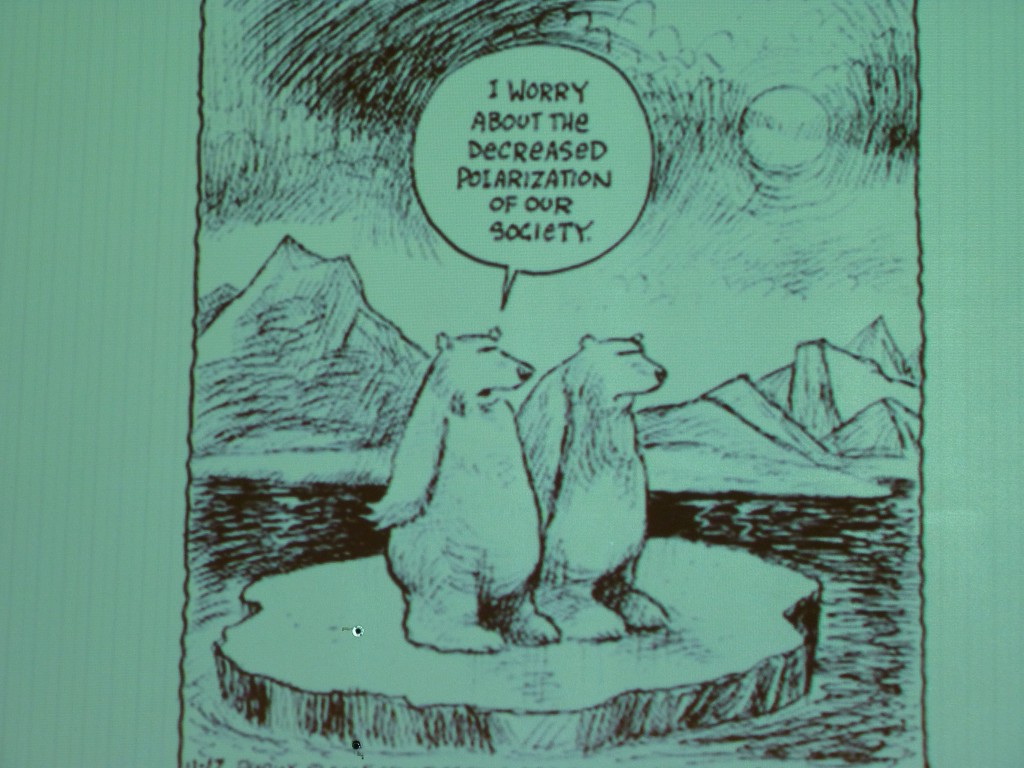
Cartoon by psychologist Per Espen Stoknes, BI Norwegian School of Management.( I photographed it at a workshop on climate change psyschology)
“Rather than opening more of the Arctic and other US coastal waters to drilling for dirty energy, the US needs to ramp-up its transition to a clean energy future. As the Administration works to rally international leaders behind a bold climate pact in 2015, decisions to tap new fossil fuel reserves off our own coasts sends mixed signals about US climate leadership abroad, ” said WWF’s Williams.
We know the Arctic is being hit at least twice as fast as the global average by climate change. The ecosystem is already under huge pressure. The Arctic itself is in turn of key importance to global weather patterns. And burning more oil would exacerbate the situation even further.
“We would like to think that we can shift our energy paradigm to clean energy so that we don’t have to take every last bit of oil out of the earth, especially out of the oceans”, said Jackie Savitz from the Oceana Campaign croup.
Studies by the group and by WWF indicate that developing renewable energy technologies such as offshore wind could create more jobs than hanging on to fossil fuel technologies.
Oil spill concern
In addition to the climate paradox of the hunt for new fossil fuels, environmentalists are concerned about the possible impact of an oil spill. Their opposition is not limited to the Arctic. Proposals to open up large areas of coastal waters including some parts of the Atlantic for the first time have also aroused anxiety about possible pollution. But the Arctic is of particular concern because of its remoteness, harsh weather conditions and seasonal ice cover, which is not likely to disappear soon even with rapid climate change:
“Encouraging further oil exploration in this harsh, unpredictable environment at a time when oil companies have no way of cleaning up spills threatens the health of our oceans and local communities they support. When the Deepwater Horizon spilled 210 million gallons of crude oil five years ago, local wildlife, communities and economies were decimated. We cannot allow that to happen in the Arctic or anywhere else,” said WWF expert Williams.
White House senior counsellor John Podesta justified the ban on oil exploration in the ANWR by saying “unfortunately accidents and spills can still happen, and the environmental impacts can sometimes be felt for many years”. The question is – why should this only be applicable in certain areas? Campaigners say it also applies to the other areas now designated by the administration as “OK” for exploration. For the Arctic in particular, limiting exploration to remote offshore areas does not protect the region against the risk of environmental disaster.
Obama stops oil in Arctic Wildlife Reserve
Back in Germany after spending a week and a half on the RV Helmer Hanssen off the coast of Spitsbergen, and then in Norway’s Arctic capital Tromso at Arctic Frontiers, I thought I might be in for a shock on my return to warmer climes and a news agenda focusing on stories non-Arctic. Instead, I found some continuity both in the weather and the media. A heavy fall of snow here kept the Arctic feeling alive, while a twitter of messages on Sunday carried on the lively debate that was happening at Arctic Frontiers over the pros and cons of oil drilling in the Arctic.
The Washington Post broke the story about President Obama proposing new wilderness protection in the Arctic National Wildlife Refuge (ANWR). “Alaska Republicans declare war” was the second part of the headline. Clearly, emotions are running high.
The Obama administration is proposing setting aside more than 12 million acres of the Arctic National Wildlife Refuge in Alaska as wilderness. This stops – at least for the moment – any prospect of oil exploration in an area which has long been the subject of controversy between those who say environment protection should be the number one priority and those who say finding oil is more important.
“Alaska’s National Wildlife Refuge is an incredible place – pristine, undisturbed. It supports caribou and polar bears, all manner of marine life, countless species of birds and fish, and for centuries it supported many Alaska Native communities. But it’s very fragile”, the President says in a White House video about the proposals.
It seems this is only the first of a series of decisions to be made by the Interior Department relating to the state’s oil and gas production during the coming week. The Washington Post says the department will also put part of the Arctic Ocean off limits to drilling, and is considering whether to impose additional limits on oil and gas production in parts of the National Petroleum Reserve in Alaska.
Only the US Congress can actually create a wilderness area, but once the federal government has designated a place for that status, it receives the highest level of protection until Congress acts. “The move marks the latest instance of Obama’s aggressive use of executive authority to advance his top policy priorities”, writes Juliet Eilperin in the Washington Post.
The ANWR holds considerable reserves of petroleum, but is also a critical habitat for Arctic wildlife. Senator Lisa Murkowski from Alaska is the new chairman of the Senate Energy and Natural Resources Committee. Unsurprisingly, she is set to fight the Obama decision. The Governor of Alaska, Bill Walker, issued a statement saying he might have to accelerate giving permits for oil and gas on state lands to compensate for the new federal restrictions.
Can the fate of an area of such key ecological importance really be reduced to a good to be bargained for in a political tit-for-tat?
Conservation groups were over the moon about the Obama move. “Some places are simply too special to drill, and we are thrilled that a federal agency has acknowledged that the refuge merits wilderness protection”, said a statement from Jamie Williams, president of the Wilderness Society.
But apart from the danger of an oil spill and the threat to the habitat of Arctic species, we have to come back to that Tromso conference theme of Climate and Energy. The Arctic is being hit at least twice as fast as the global average by climate change. The ecosystem is already under huge pressure. The Arctic itself is of key importance to global weather patterns. And burning more oil would exacerbate the situation even further. I am reminded of the argument put forward by Jens Ulltveit-Moe, the CEO of Umoe, himself a former oil industry executive. Apart from the fact that the current low oil price means the Arctic oil hunt is too expensive, if the world is serious about emission cuts to halt climate warming, there is no need for and will be no demand for oil from the Arctic in coming decades.
That is something to be kept in mind as the debate in the USA continues over that precious piece of land and sea that is the ANWR.
Climate worry grows at Arctic Frontiers
I have followed the past two days, the political section of the Arctic Frontiers conference, with great interest, with the thought of the Paris climate conference in November always at the back of my mind.
Clearly, in a country rich from the sale of oil, cutting climate-killing emissions is a tricky issue. The oil sector was strongly represented here, but so too were those who see the need for a transition away from fossil fuels in the interests of the global climate.
With climate change opening the Arctic to development and the search for the oil, gas and minerals thought to be locked beneath the icy region, this year’s Arctic Frontiers meeting has attracted record participation. The impact of low oil prices on development prospects, and political tensions between Russia and western Arctic states have heightened interest in listening to what experts and decision-makers have to say on the relation between climate and energy.
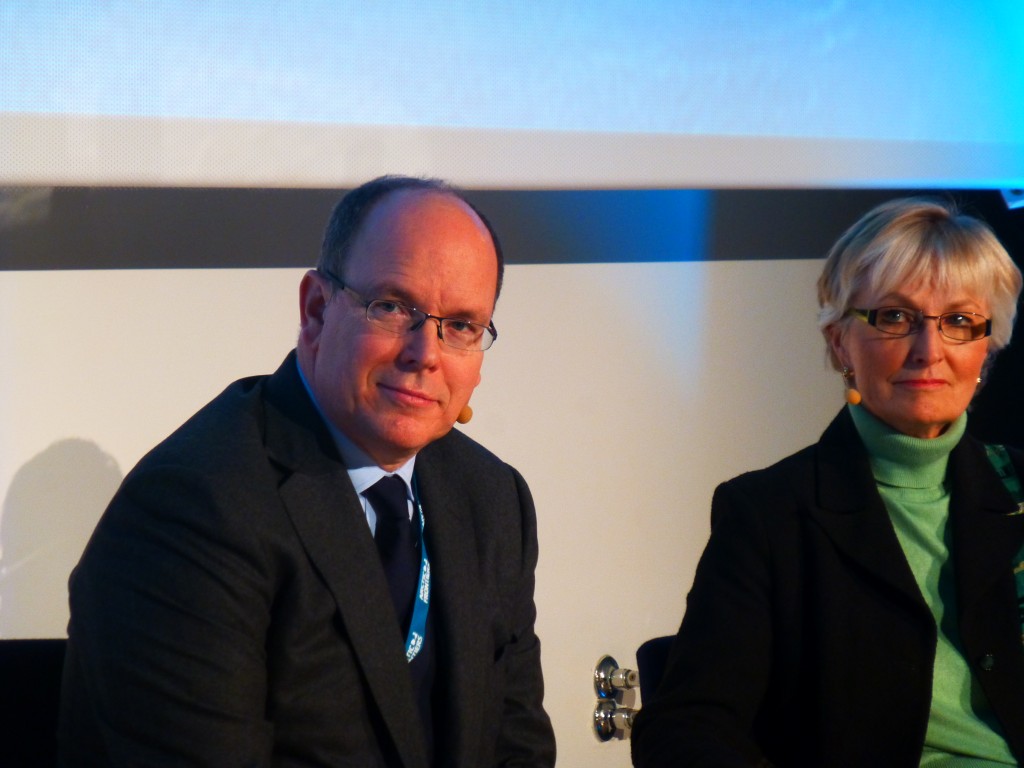
Arctic fan Prince Albert of Monaco and US special rep Fran Ulmer debated the feasibility of Arctic oil
With prime ministers from Norway and Finland and other ministers from Sweden and Denmark, as well as the US special Representative for the Arctic and the Russian President’s special representative for international polar cooperation addressing the meeting, media interest is high in this Arctic city, two hours flight north of the Norwegian capital, Oslo. (Looking at my flight schedule, I see Oslo is actually closer to Frankfurt than to the Arctic north of the country).
Do we need Arctic oil in a warming world?
The Norwegian premier Erna Solberg was here for the presentation of a report on sustainable growth in the north, a joint venture by Norway, Sweden and Finland. Gas is one of the four drivers named in the report. She left no doubt about her country’s continuing interest in oil and gas exploitation in the Arctic region. She told me in a brief interview she sees no contradiction between this and attempts to reach a new world climate agreement in Paris at the end of the year:
“’We have an oil and gas strategy. There are many not yet found areas where we think there is more gas. We think gas is an important part of a future energy mix, and I think we have to explore to find it.”
The same day, the Norwegian government allocated new licenses for exploration in the north-western Barents sea area of the Arctic. Many of the blocks released for petroleum licensing are close to the sea ice zone that had previously been protected. The zones have now been redefined. Conservation groups are upset. WWF Norway says the announcement is risky, as there is still a lack of knowledge about species and ecosystems in this area.
Will low oil price halt Arctic energy development?
With oil prices at a record low, environmentalists hope Arctic development will slow down or even be put “on ice” permanently. Representatives of WWF told the delegates in Tromso – including high-ranking representatives of major oil companies Statoil and Rosneft – the world does not need oil from the Arctic. And gas should be only a “transition fuel”. Samantha Smith, leader of the ngo’s Global Climate and Energy Initiative, quoted the recent study indicating that 50% of the world’s remaining gas and 30% of the oil must stay in the ground if the two degrees centigrade target for maximum global temperature rise agreed by the international community is to have any chance of being adhered to. She presented an alternative vision of “a thriving green economy in the white north”, with renewable energies replacing the search for oil and gas.
Business rethinking fossil investment?
As I wrote here on the Ice Blog after the Sunday evening opening, it is not only the environment lobby that is advocating a switch to renewable enerergy. Jens Ulltveit-Moe, the CEO of Umoe, one of the largest, privately owned companies in Norway, active amongst other things in shipping and energy, said with the current low oil price, Arctic oil was simply not viable, and this would remain the case for many years to come. And by then, he said, the EU’s climate targets and the international support for a two-degree target would make fossil fuels a non-option.
But Sjell Giæver, Director of Petroarctic and Tim Dodson, Norwegian Statoil’s Head of Global Exploration, insisted short-term price drops alone would not halt Arctic exploration. The region was the last place to discover large new reservoirs to satisfy continuing high demand for oil and gas for an increasing world population.
Oil ventures in the Arctic have not been particularly successful in recent years. Statoil’s Dobson admits the biggest ever exploration drilling programme in the Barents Sea last year had a disappointing outcome. Statoil and others have also withdrawn from the hunt for oil off the coast of Greenland.
Russia hungry for Arctic energy
But the Russian President’s Special Representative for International Cooperation in the Arctic, Arthur Chilingarov, who is also a Member of the Board of Directors at the Russian oil giant Rosneft, stressed the company had completed construction of the northernmost well in the world last September. He said a new oil and gas field has been discovered and the program of Rosneft for 2015 to 2019 provided for a large volume of prospecting and drilling in the western part of the Arctic.
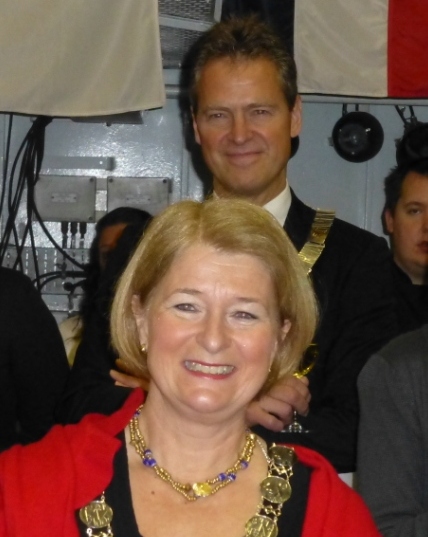
The rector of Tromso UiT Arctic University of Norway Anne Husbeckk and the mayor of Tromso Jens Johan Hyort have reason to be happy with the attendance at this year’s Arctic Frontiers event.
One factor however that is slowing Russian activity the Arctic is the implementation of sanctions by European countries and the USA on account of the tensions over Ukraine. Russia has turned to China and other countries for help, but the lack of western technology is an obstacle to further development in a region where bad weather, ice, remoteness and complete darkness in the winter months make oil and gas development a risky business.
There is a clear tendency amongst those involved in Arctic cooperation to play down the sanctions and keep political tensions out of the region. Norwegian President Solberg told me: “We have a good relationship in the Arctic Council with Russia. We have said we will be in line with Europe on sanctions, although Norway is one of the countries hit most by the counter-sanctions from Russia, for instance the fact that oil and gas exploration are among the sanction areas.”
But in the meantime, on a day-to-day basis, cooperation continues, for instance in the joint management of fish resources, said Solberg.
Business as usual?
While the debate continued in the political section of Arctic Frontiers, a new, business strand of the conference opened in parallel. It focuses – on oil, gas and minerals. Olav Orheim from GRID Arendal, a centre that works with UNEP, stressed that a lot of people here are in favour of Arctic oil and gas exploration, in the interests of jobs and economic benefits.Yet after the publication of last year’s IPCC report and with climate change high on the international agenda, there seems to be a wider acceptance here in Tromso of the disconnect between burning fossil fuels and the ever more urgent need to reduce greenhouse gas emissions.
Gunnar Sand is Vice President of SINTEF, the Norwegian “Foundation for Scientific and Industrial Research”, which has close ties to the oil business. From a moral point of view, “we all want to stay below the two degree limit”, says Sand. But it is not possible to change a society and an infrastructure based on fossil fuels overnight.
Technical progress too slow to stop warming
Technology for renewable energy is still not developing fast enough, says Sand. Emission reduction scenarios also rely heavily on carbon capture and storage (CCS), which would reduce emissions from fossil fuel burning and bridge the transition to a low-carbon economy. But the technology, which he himself has been involved in, is moving too slowly. I first met him during a visit to Svalbard, when he told me about a carbon capture and storage project, designed to capture emissions from Longyearbjen’s power station underground. He confirmed in Tromso that it has never been put into action.
Global warming, Sand says, is the most serious challenge of our time. This has to be reflected in political priorities. Governments have to create economic incentives to speed up change.
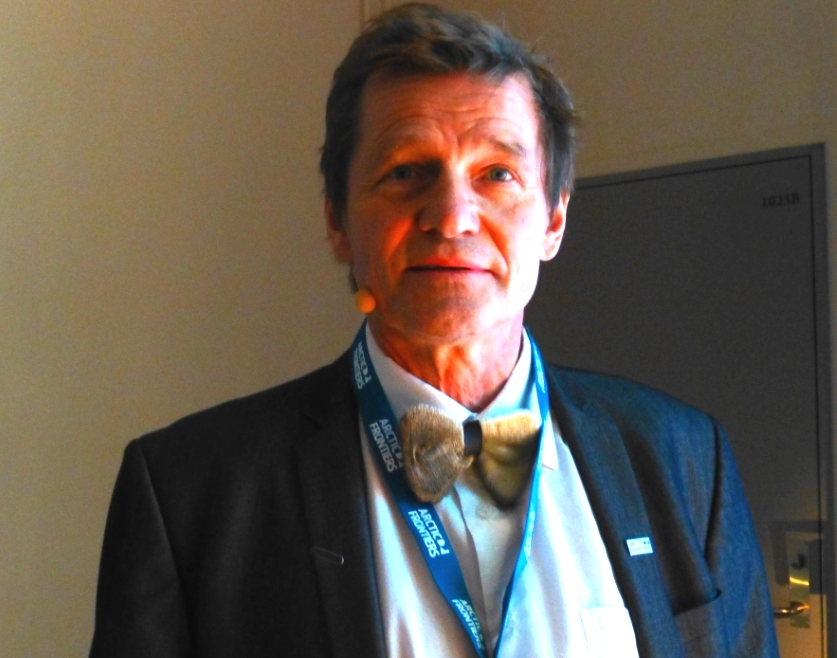
Salve Dahle, Chairman of the conference steering committee and master of ceremonies sporting a sealskin bow tie.
US special representative ex-Admiral Robert Papp indicated dealing with climate change would be one of the key policy drivers when the USA takes over the Chair of the Arctic Council, the international body that coordinates Arctic affairs, in April.
The Chair of the US Arctic Research Commission Fran Ulmer says a carbon tax would be the best way forward, to encourage industry and consumers to save energy and cut emissions. But she acknowledged the reluctance of governments to impose decisions that could upset their voters at the next election. That is the reality we face as countries weigh up their pledges for the November climate conference in Paris.
Tromso filmfest inspires US Arctic envoy
Tromso prides itself on being the “capital of the north”. As well as the Arctic Frontiers conference, which is happening this week, TIFF, the Tromso International Film Festival has been running here. There is an amazing amount of culture for a place which seems so far from the city life of Oslo, the Norwegian capital. With a huge variety of films showing around the town, including the Oscar possible “Birdman”, the town was buzzing at the weekend.
I was fascinated to find these kids in their snowsuits settled in the city centre, waiting for a showing of Disney’s Frozen. As it turns out, I wasn’t the only one. At Arctic Frontiers today, the US Special Representative (ex Admiral) Robert Papp, told the story of how he and the Chair of the US Arctic Research Commission, Fran Ulmer, had shared a taxi into town from the airport and come across that same little outdoor film show.
He talked about his granddaughters and their fascination for the Disney figures, and whether Disney couldn’t be a good way to educate American children about the Arctic. The story goes that he suggested this to a leading figure in the movie company. Why not replace films showing a fantasy vision of the Arctic by movies about the plight of polar bears, villages in danger of collapsing through coastal erosion and other such stories. The Disney rep was apparently very put out. “We have to project optimism and have happy endings”, he reportedly told the Admiral.
Papp says he still feels optimistic, as he presented the programme for the upcoming US Chairmanship of the Arctic Council, a programme he says is rightly described as “ambitious”. The theme is “One Arctic. Shared opportunities, challenges and responsibilities”. With the impacts of the dispute between the west and Ukraine on the agenda this afternoon, it sounds like a good approach to Arctic governance.



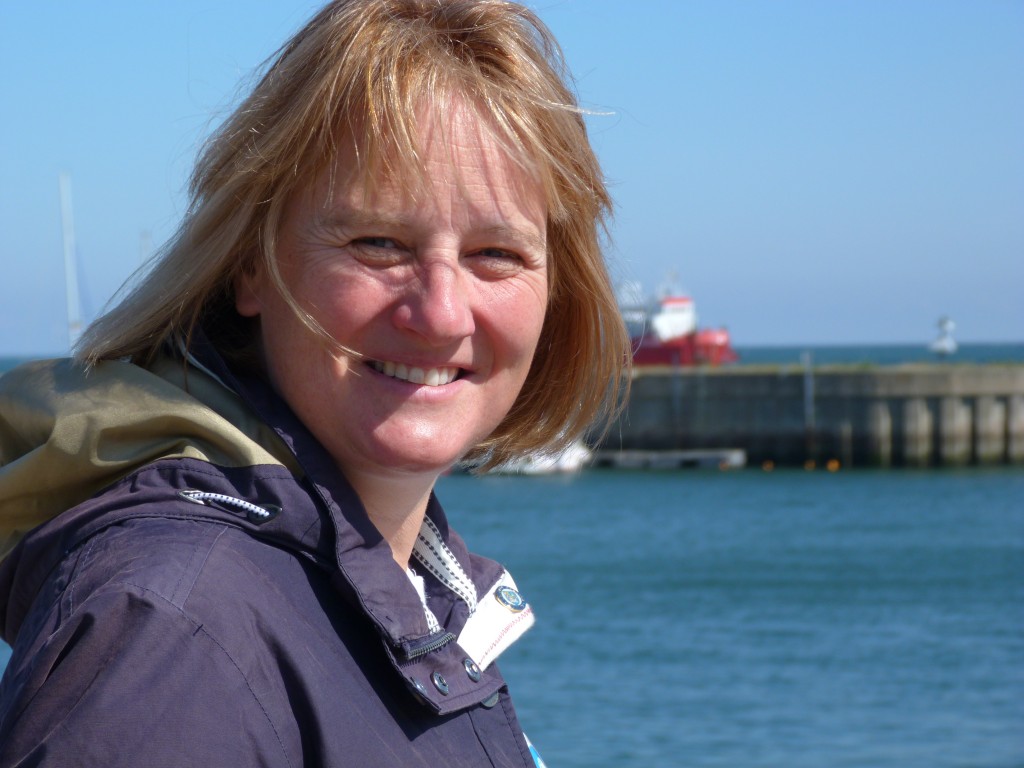
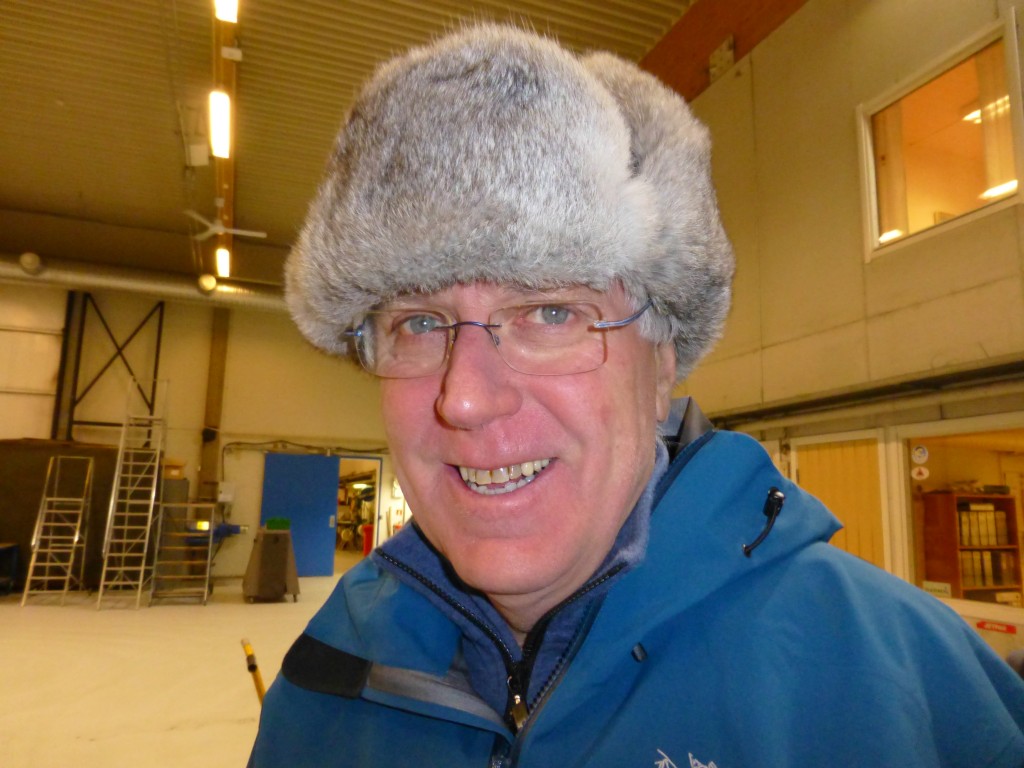

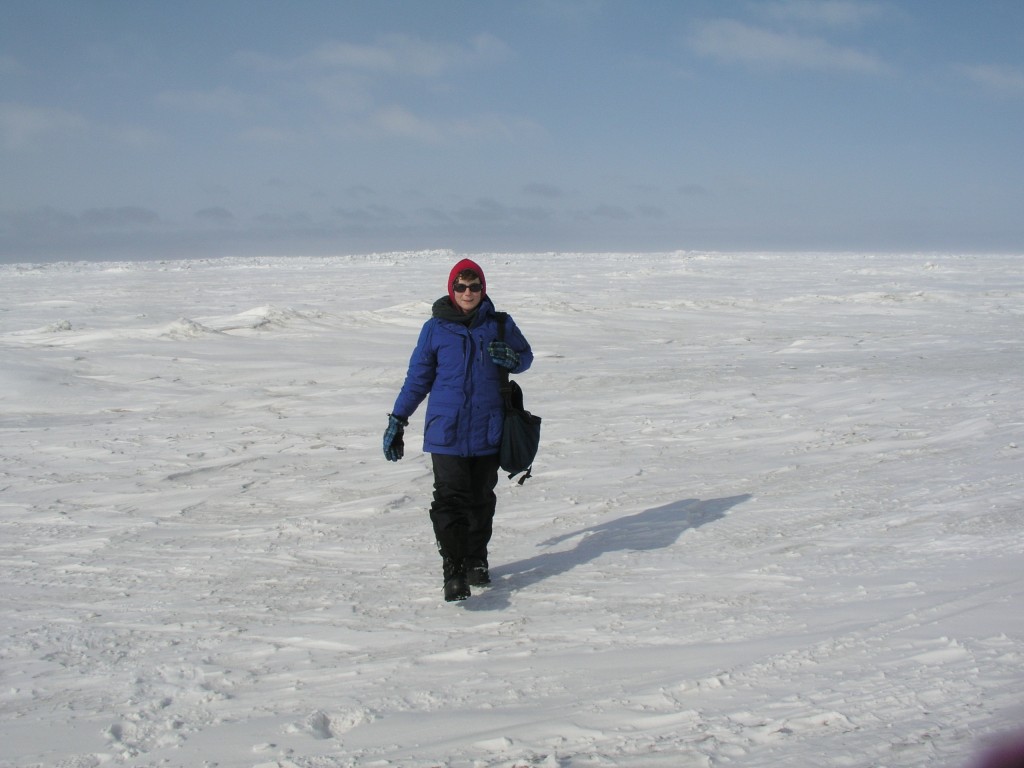
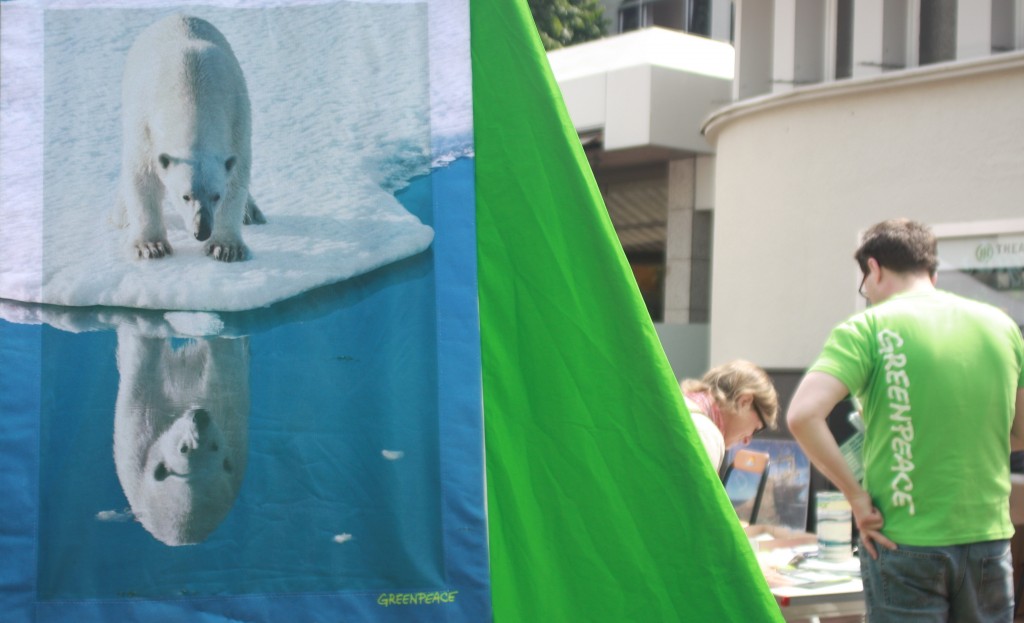
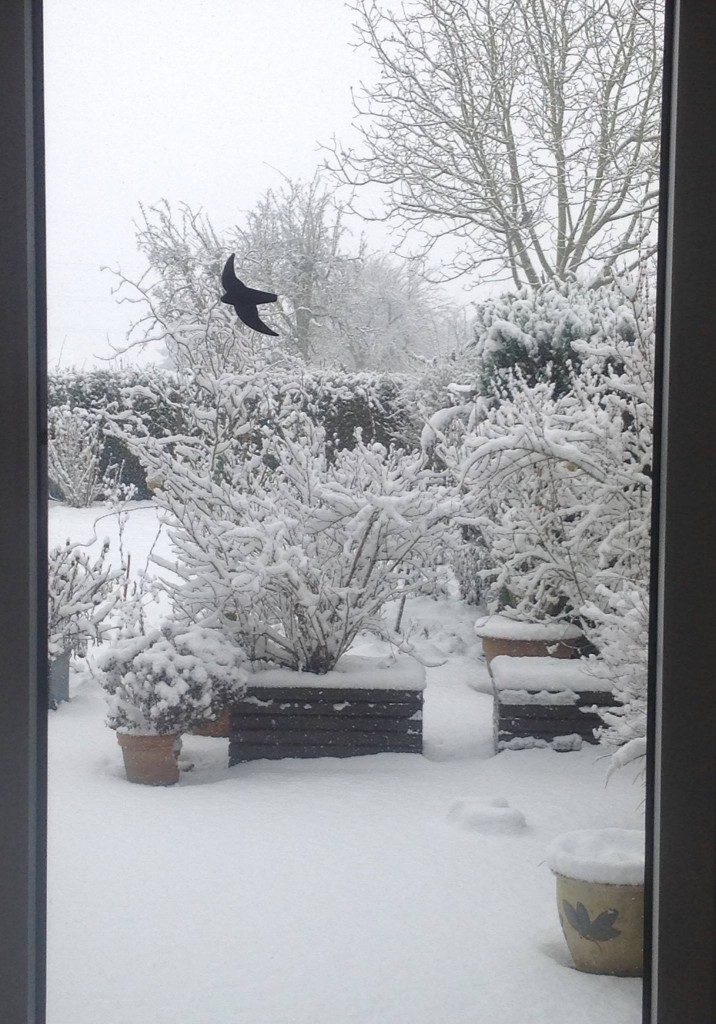

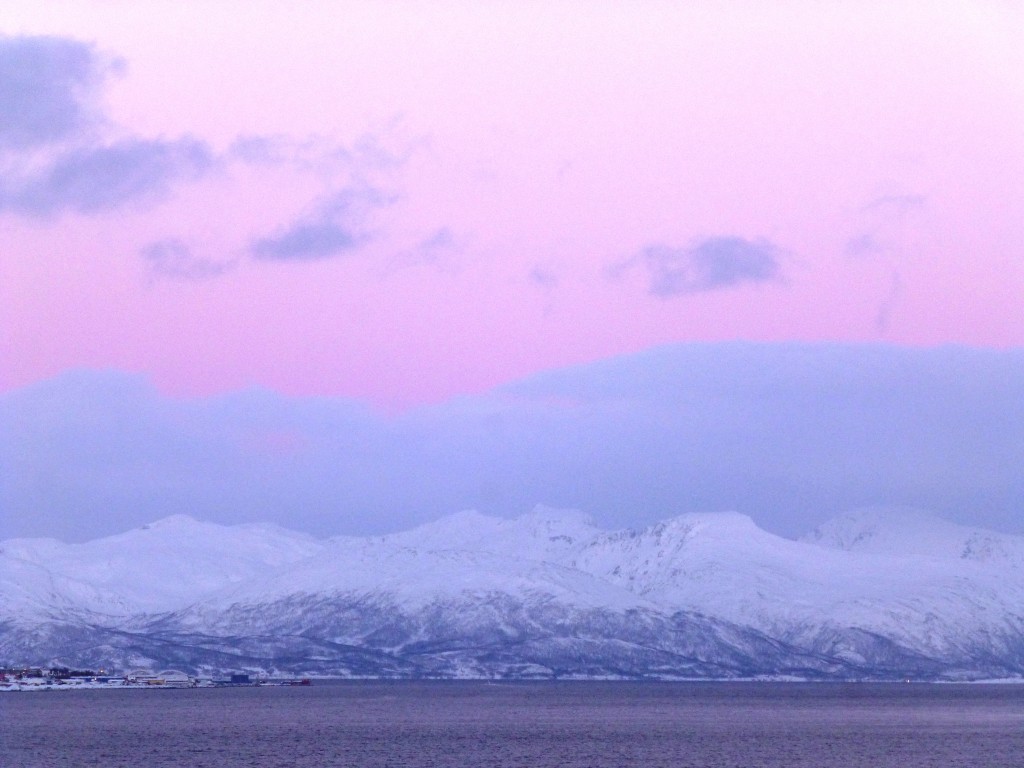
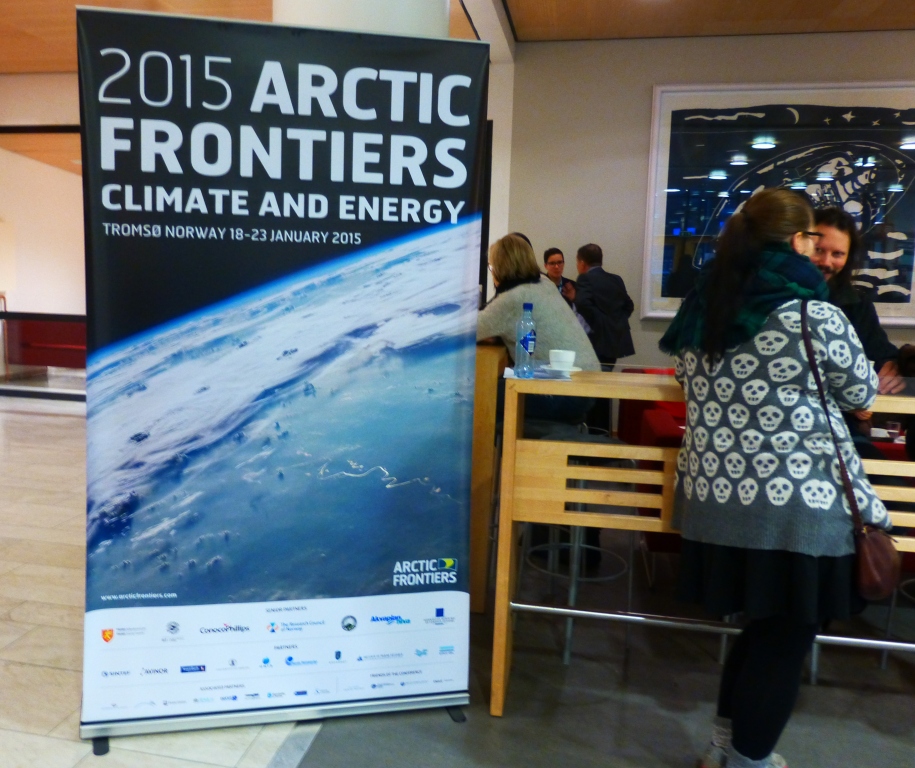
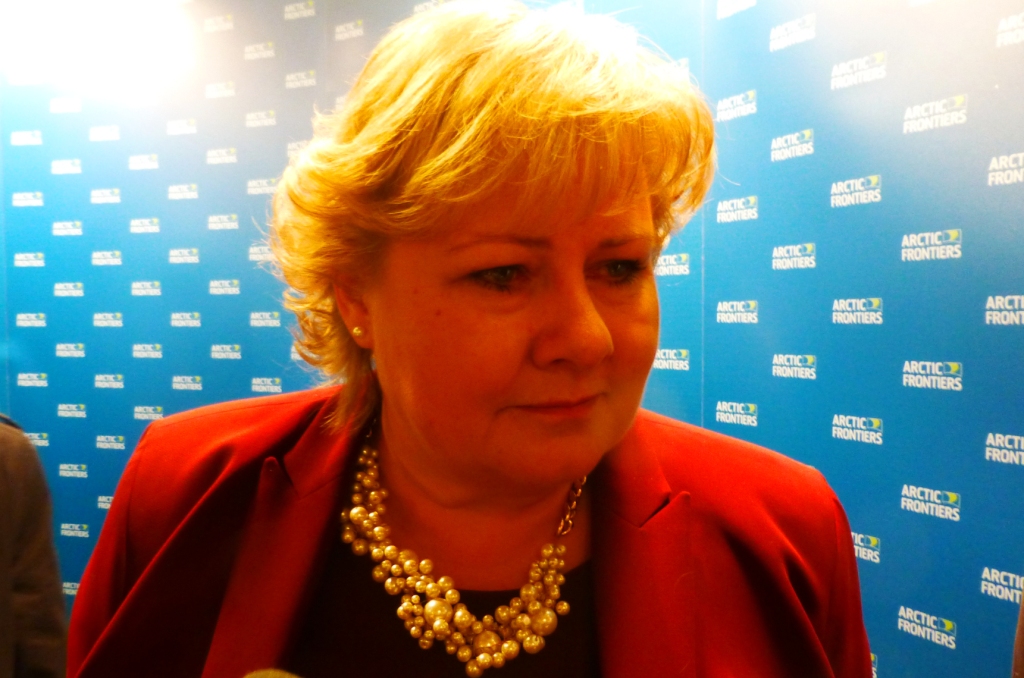
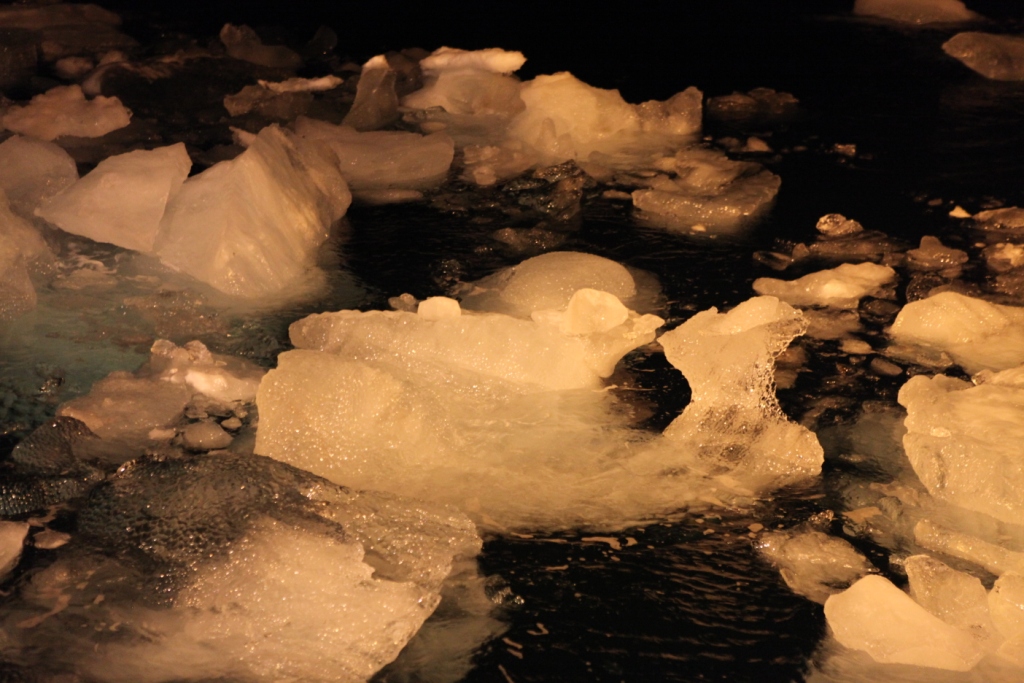
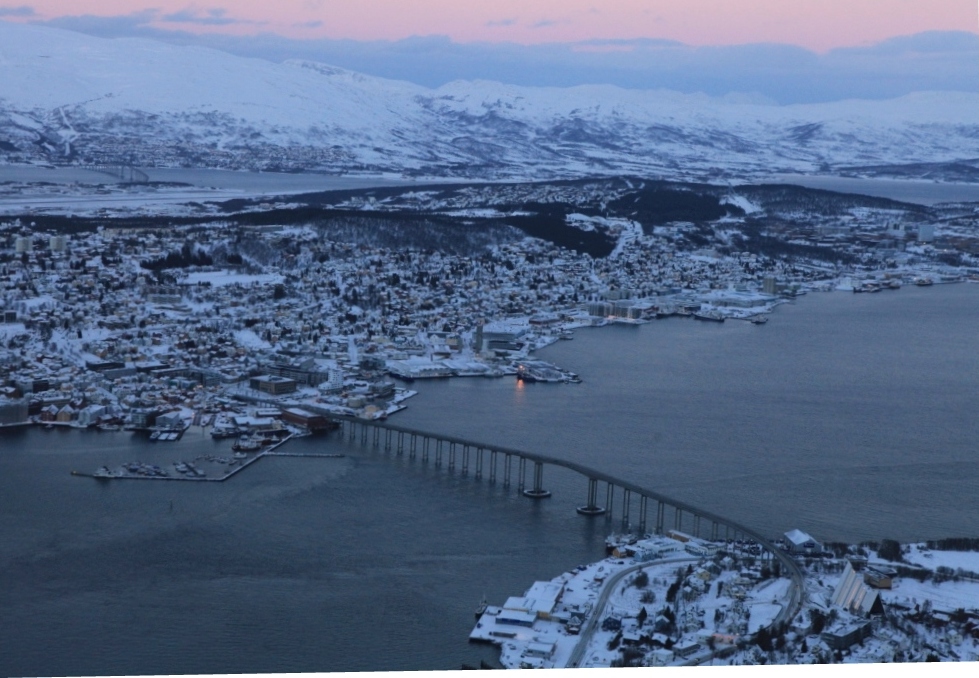

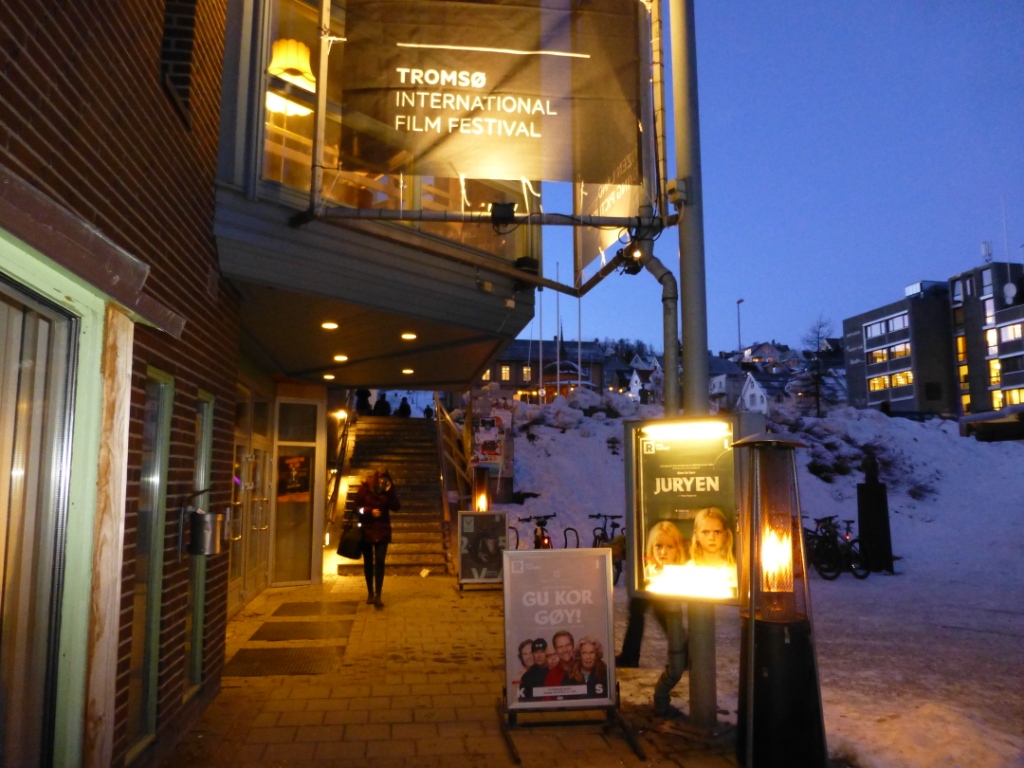

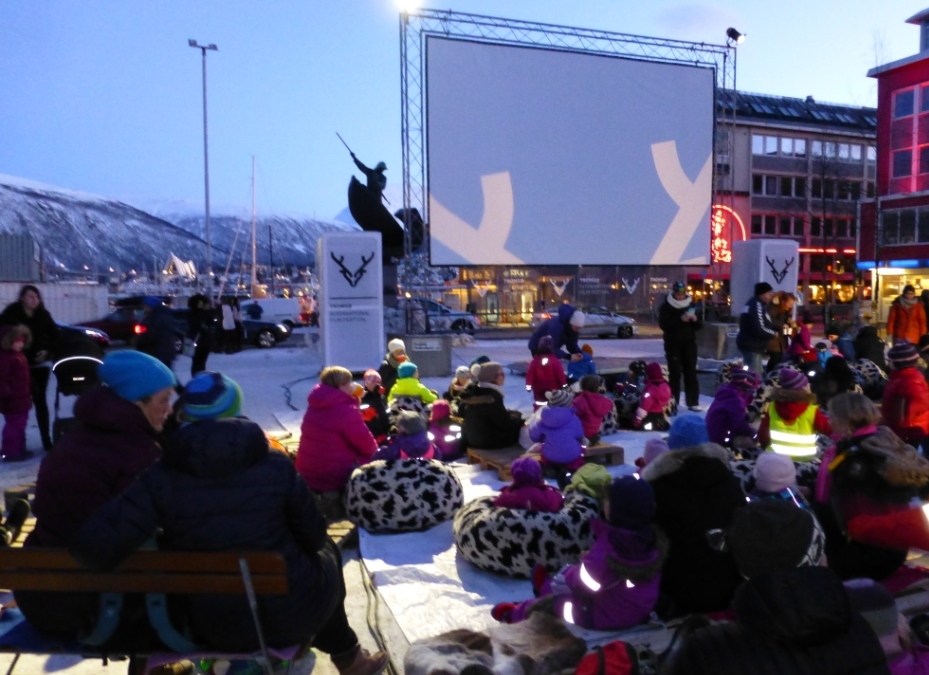
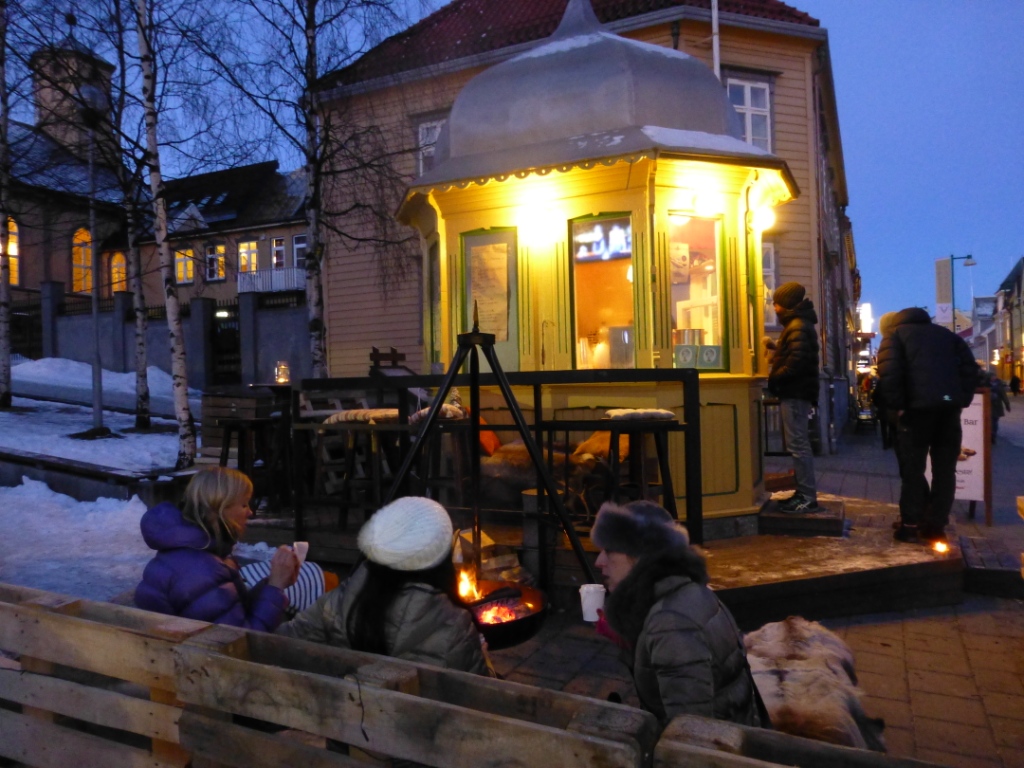
















Feedback